
We are gearing up for CAEYC, which is also known as the California Association of the Education of Young Children! This association has an annual convention in California for early childhood educators. Each state has their own association and there is a popular national association called NAEYC (the National Association for the Education of Young Children) This national association is the premier professional development conference for teachers who work with young children; ages 0-8.
I am sponsored by Discount School Supply which is a nationally recognized company that supplies quality school products at everyday low prices. Each year they have a booth at the CAEYC and NAEYC convention and each year I attend and present at workshop. At CAEYC 2016, Discount School Supply will a proud supporter of the association and has gotten “Super Star” Status through their contributions to this wonderful organization!
These conferences are so much fun! I just love to engage with all of the fellow educators that attend. Check out the PARTY at the NAEYC 2015 booth that Discount School Supply sponsored! We pulled out all the stops and engaged teachers in more hands-on creativity than ever before this year. Our goal in the DSS booth area was to provide creativity and rejuvenation, and from the looks of it we were successful. Yay! The paper Top Hats we’re wearing are fun to decorate and super easy to make with our Top Hat Lesson Plan.

Since hands-on discovery is the way we all learn best, we organize DIY experiences by offering a variety of arts materials with just a wee bit of structure and guidance. At NAEYC we highlighted BioColor® one day, and Colorations® Liquid Watercolor another day while providing how-to tips and ideas for both beginners and more seasoned staff. Teachers could sit down and play with our paints and a variety of new collage materials while combining fresh techniques in new ways onto a final craft project.

Here’s a favorite open-ended project: our papier-mâché Secret Boxes. These make wonderful handmade gifts and if you like these teacher-oriented clip art quotes, they are provided here for your use. These quotes are perfect for mixed media creations, and can turn any teacher’s Party into a creative DIY event.
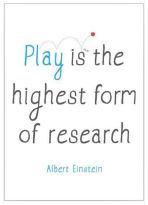
Won’t you join us at CAEYC or your state conference this year? We’ll bring the party!
| Materials Shown in this Post: | |
| Paints & Collage Materials | |
| BioColor Painters | BMAR |
| Glittering Rhinestones Gem Jar | GEMJAR |
| Iridescent Fabric Shapes | SHINYFAB |
| Spotted Feathers | SPOTTED |
| Printed Craft Tape | FABULOUS |
| Projects To Decorate | |
| Paper Mache Secret Books | PMSEC |
| White Paper Top Hats | HATSOFF |
WorkShop at CAEYC 2016 by Anna Reyner
Art, Creativity and Brain Development
Apr 1, 2016 @ 02:00 PM
Modern neuroscience has provided hard evidence that connective pathways in the brain are actually created by repeated early experiences. A child’s early engagement in art activities can help create unique brain connections that will have long-term impact on a child’s life.
Art engages children’s hands, minds and emotions and helps develop valuable cognitive, social-emotional, and multi-sensory skills. Learn to identify the many developmental skills children master through art activities, and how self directed art fosters creativity and self esteem.
“Art & Brain Development”
Repeated experiences with open ended art builds nerve circuits in the brain that influence how a child does in school, in relationships, and in society as a whole. A developmental theory presentation will discuss how art activities facilitate intellectual growth and cognitive development in early childhood. A Power Point presentation on Art in Child Development includes 20 slides of children’s artwork. Participants will review these slides and discuss how each different art activity facilitates specific problem solving, decision making and other cognitive skills.
“Art Therapy: Tools & Techniques for the Classroom”
Participants will be introduced to basic principles of art therapy and simple guidelines for understanding the language of children’s art. Through better understanding the language of art, participants will be better equipped to understand the emotional needs of the children in their care.
Session concludes with a playful hands-on art experience where participants engage with a partner and make their own art.





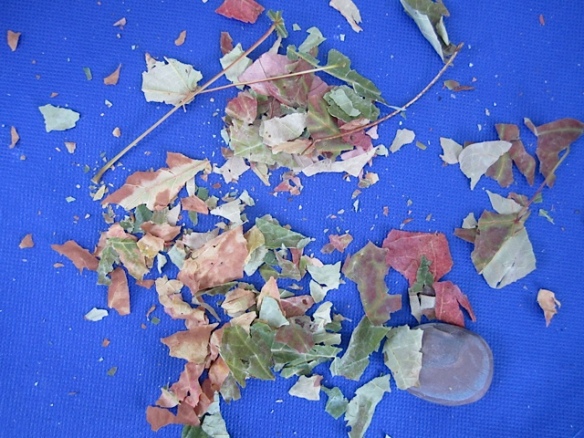
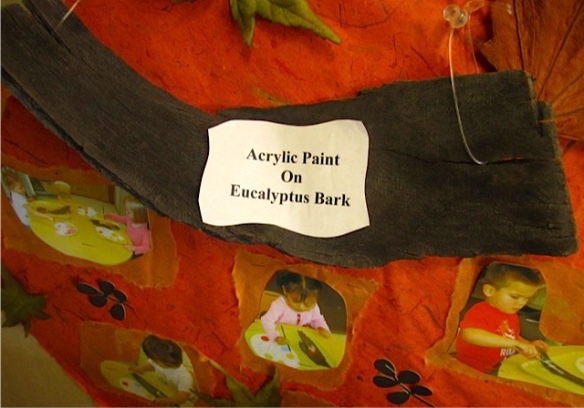
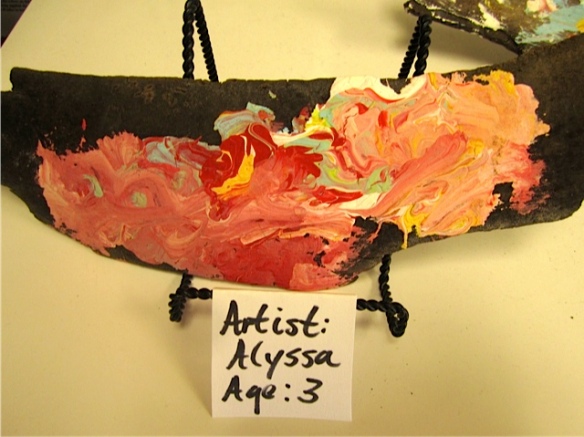


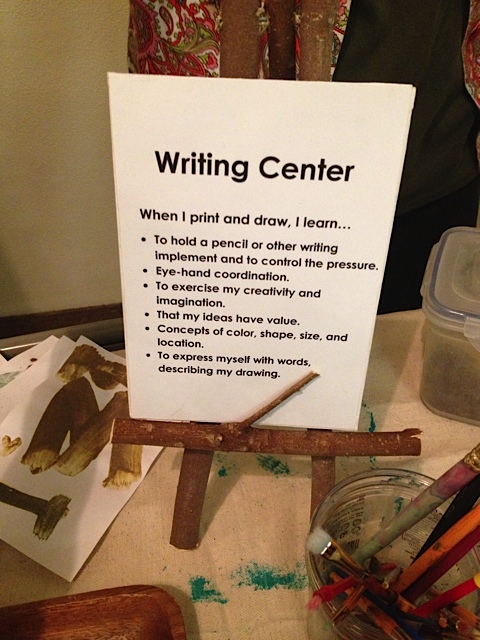
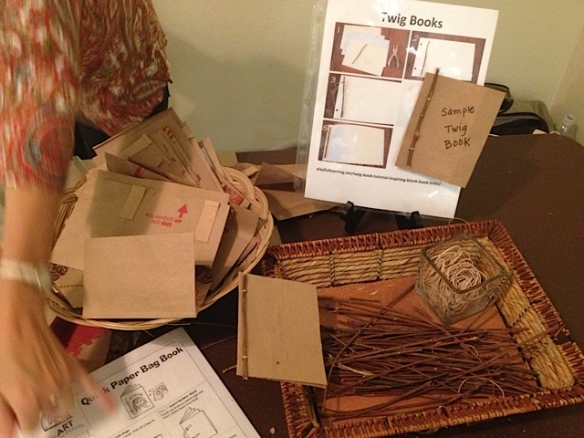



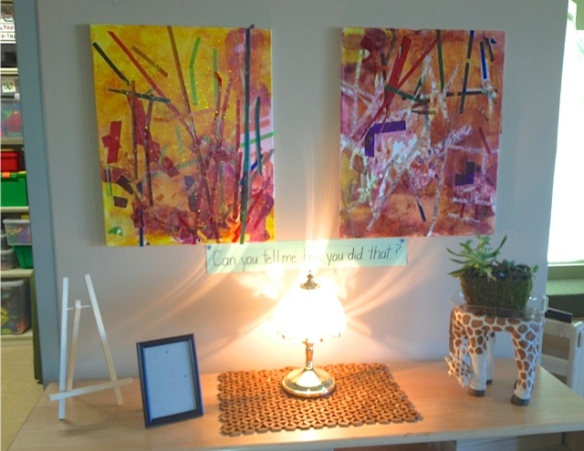 Colored craft tapes are exploding with bright colors, patterns and FUN this year, so it’s the perfect time to discover this newly expanded arts and crafts material. Catch onto this trend, and you’ll be amazed at some of the easy applications you’ll discover.
Colored craft tapes are exploding with bright colors, patterns and FUN this year, so it’s the perfect time to discover this newly expanded arts and crafts material. Catch onto this trend, and you’ll be amazed at some of the easy applications you’ll discover. 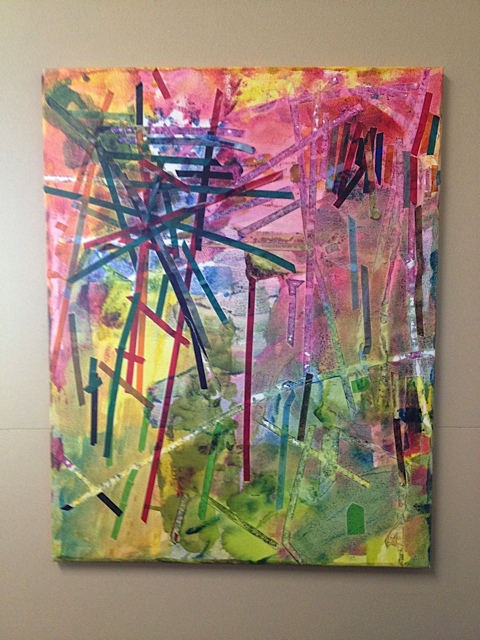
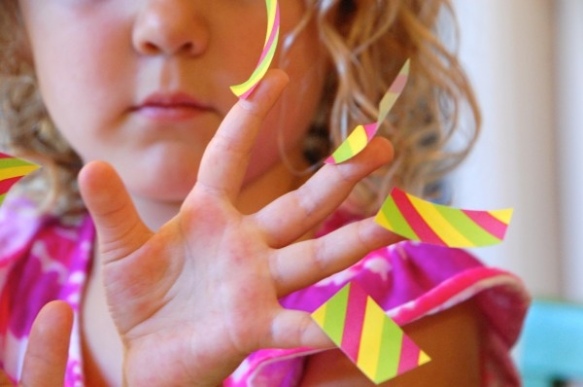
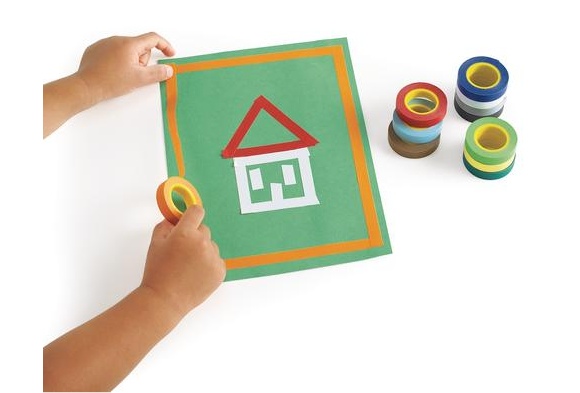
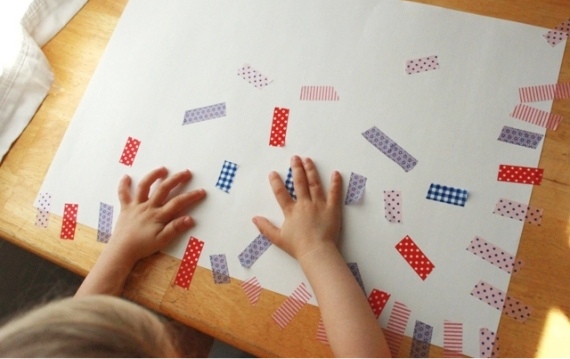
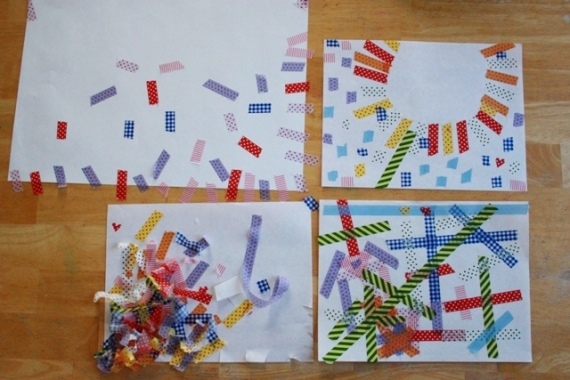
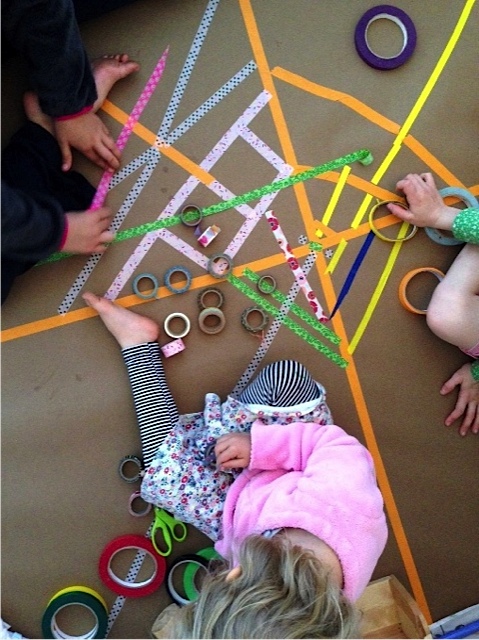
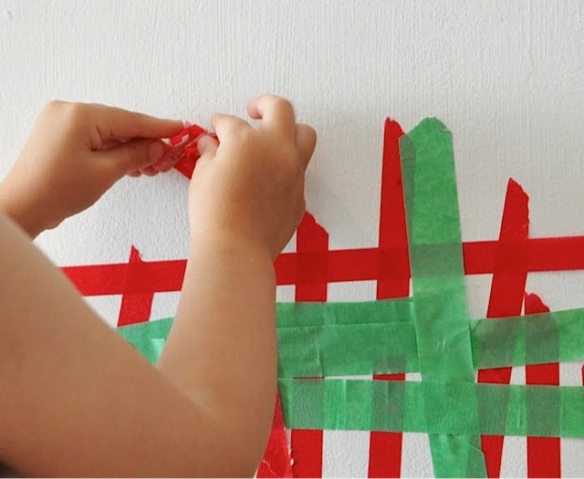

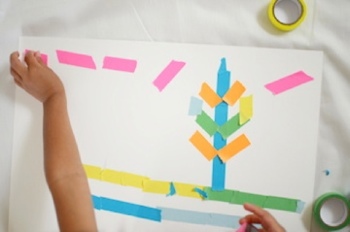
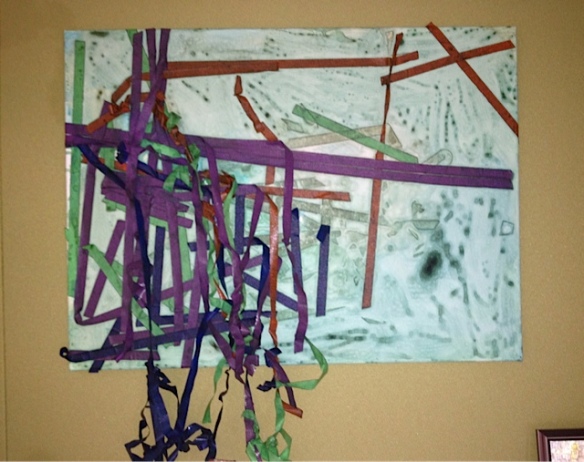









































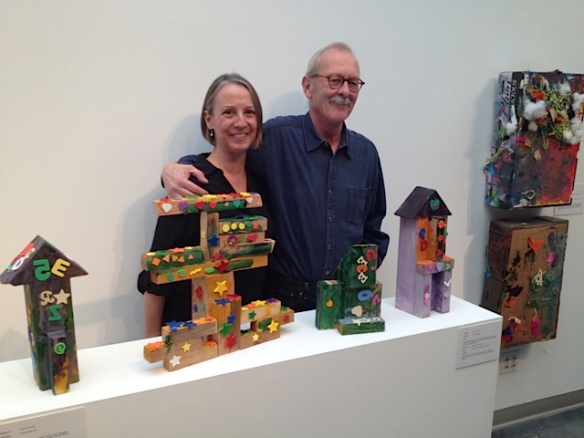


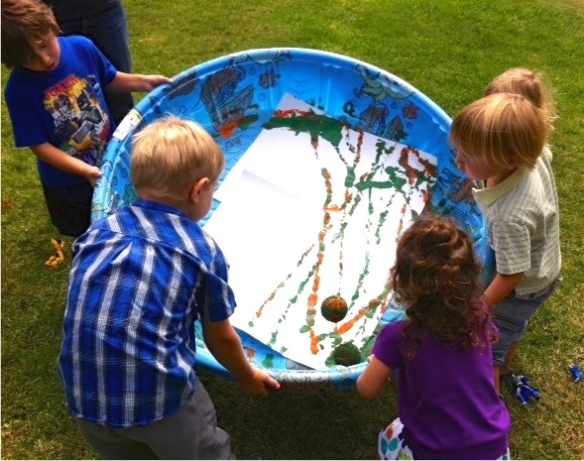








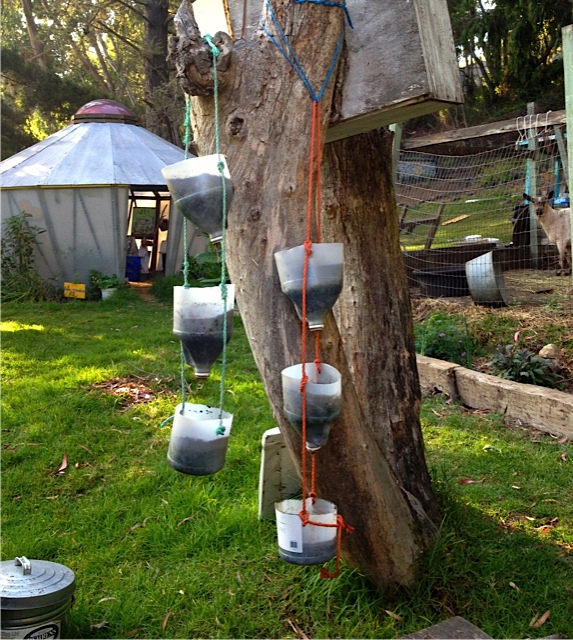




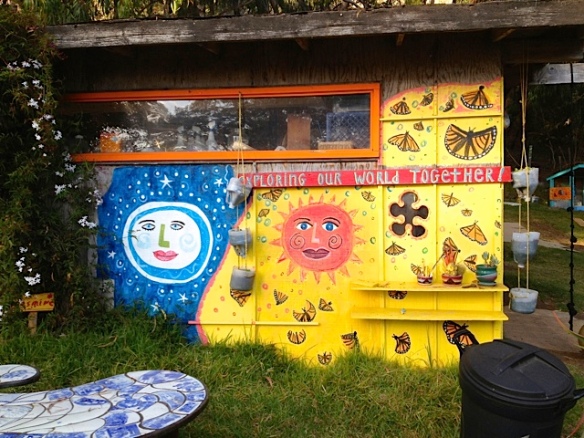
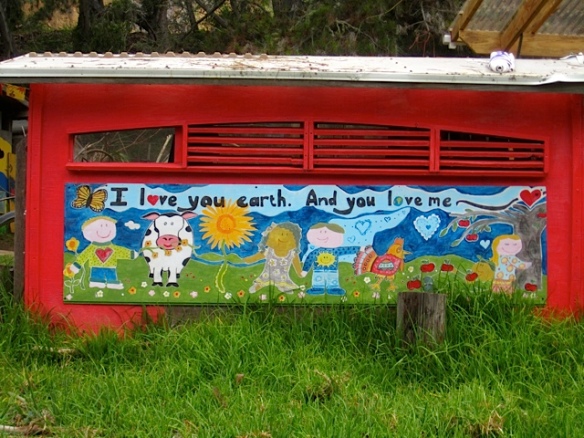









 The black background paper adds an unexpected surprise and provides contrast for brightly pigmented paints. This oversized black photography paper was donated to Creative Care. If you can’t find a donation source, try a black fade resistant
The black background paper adds an unexpected surprise and provides contrast for brightly pigmented paints. This oversized black photography paper was donated to Creative Care. If you can’t find a donation source, try a black fade resistant 



